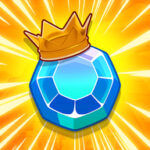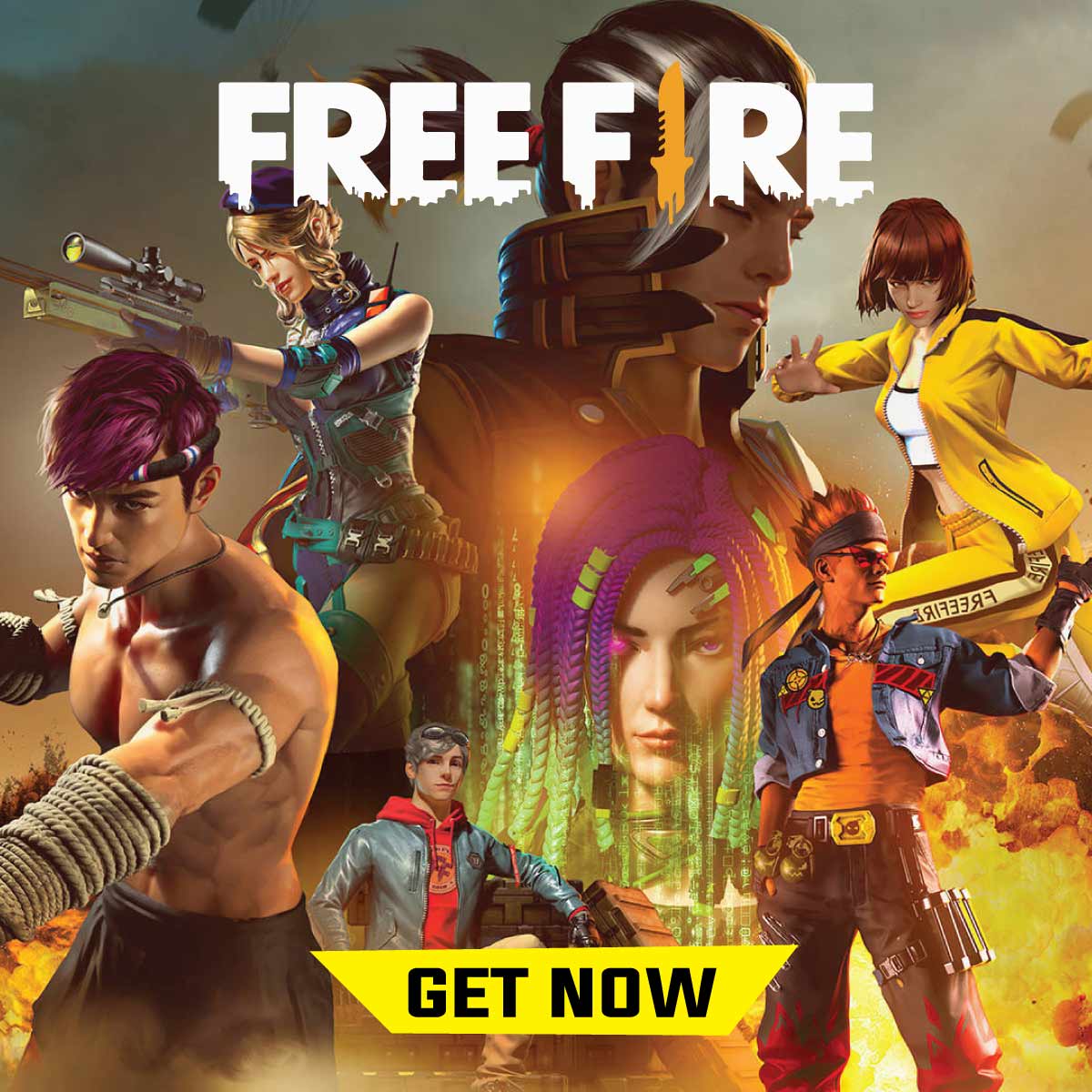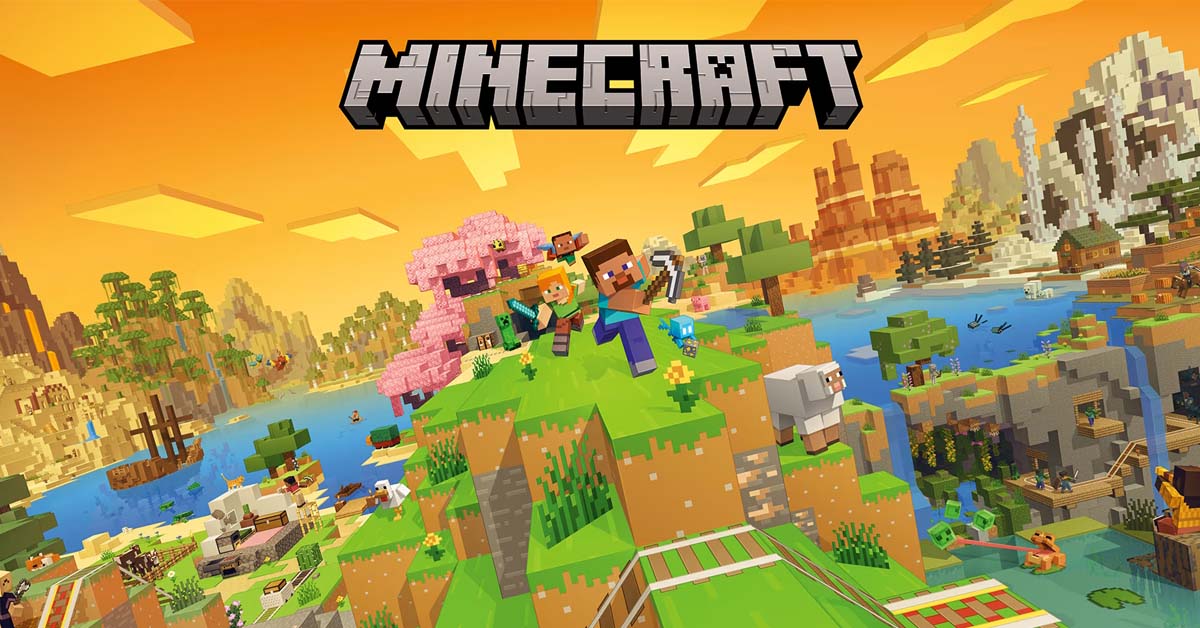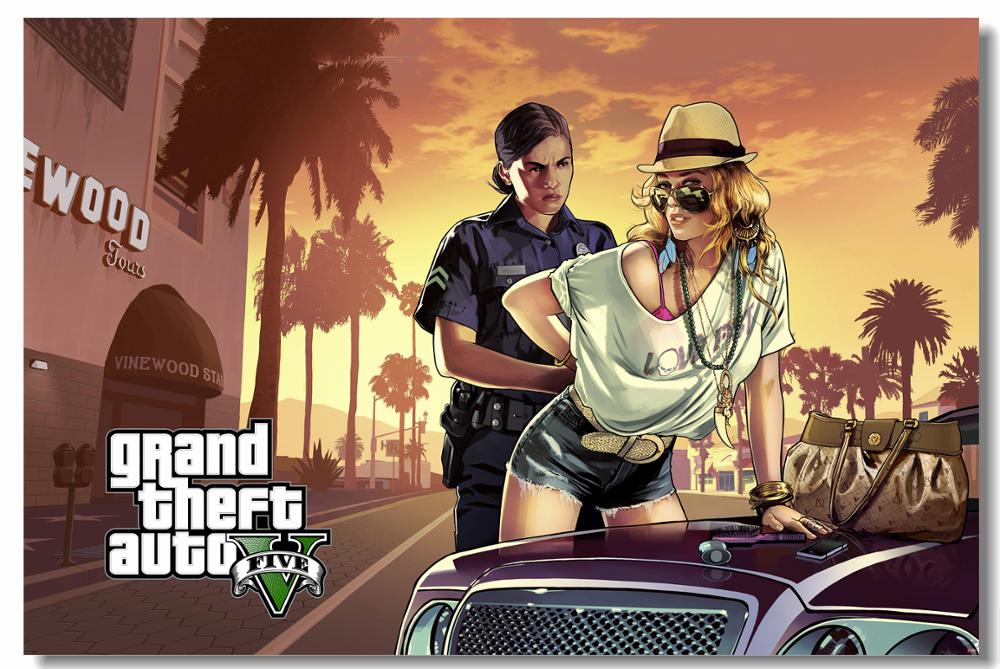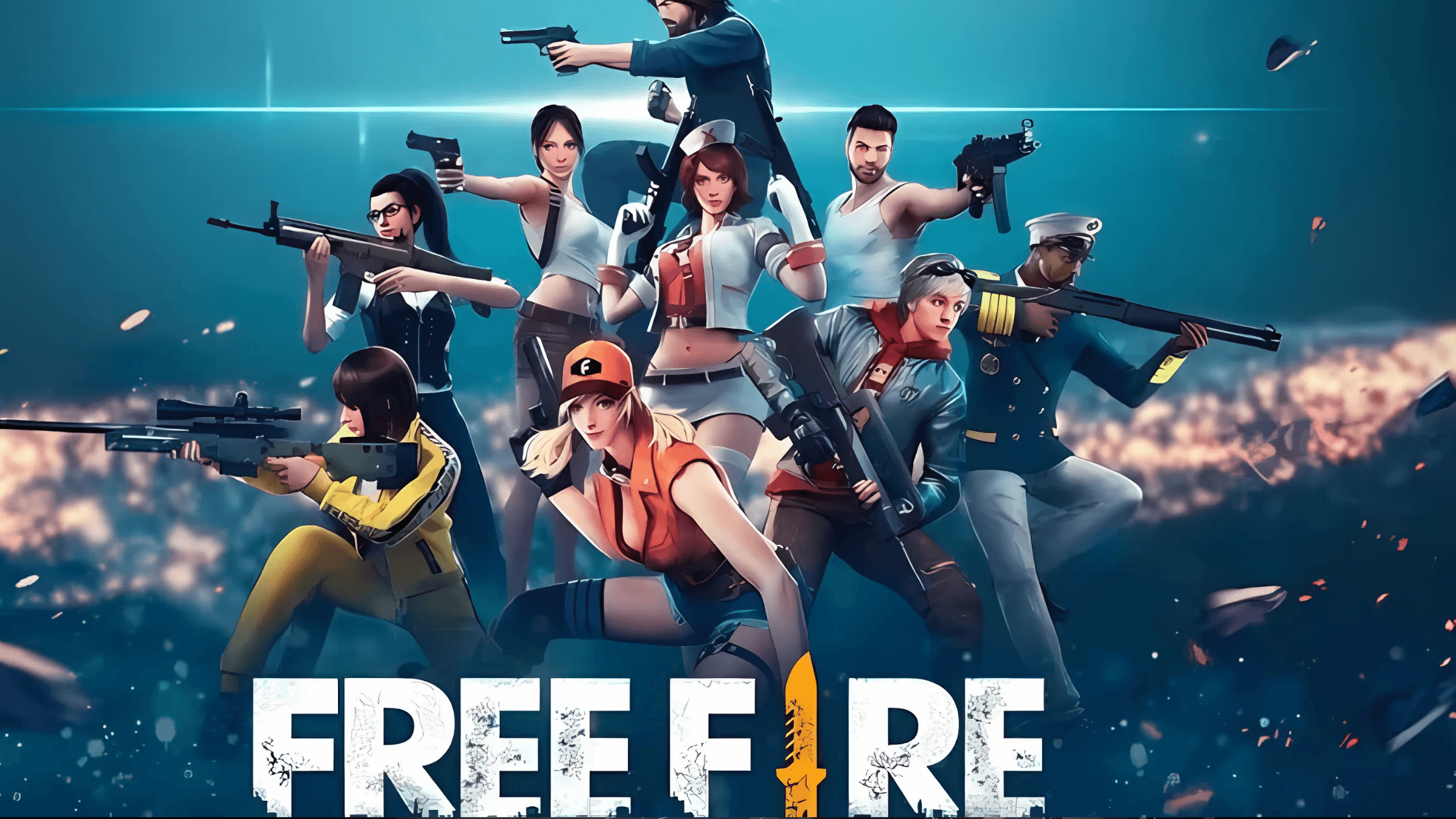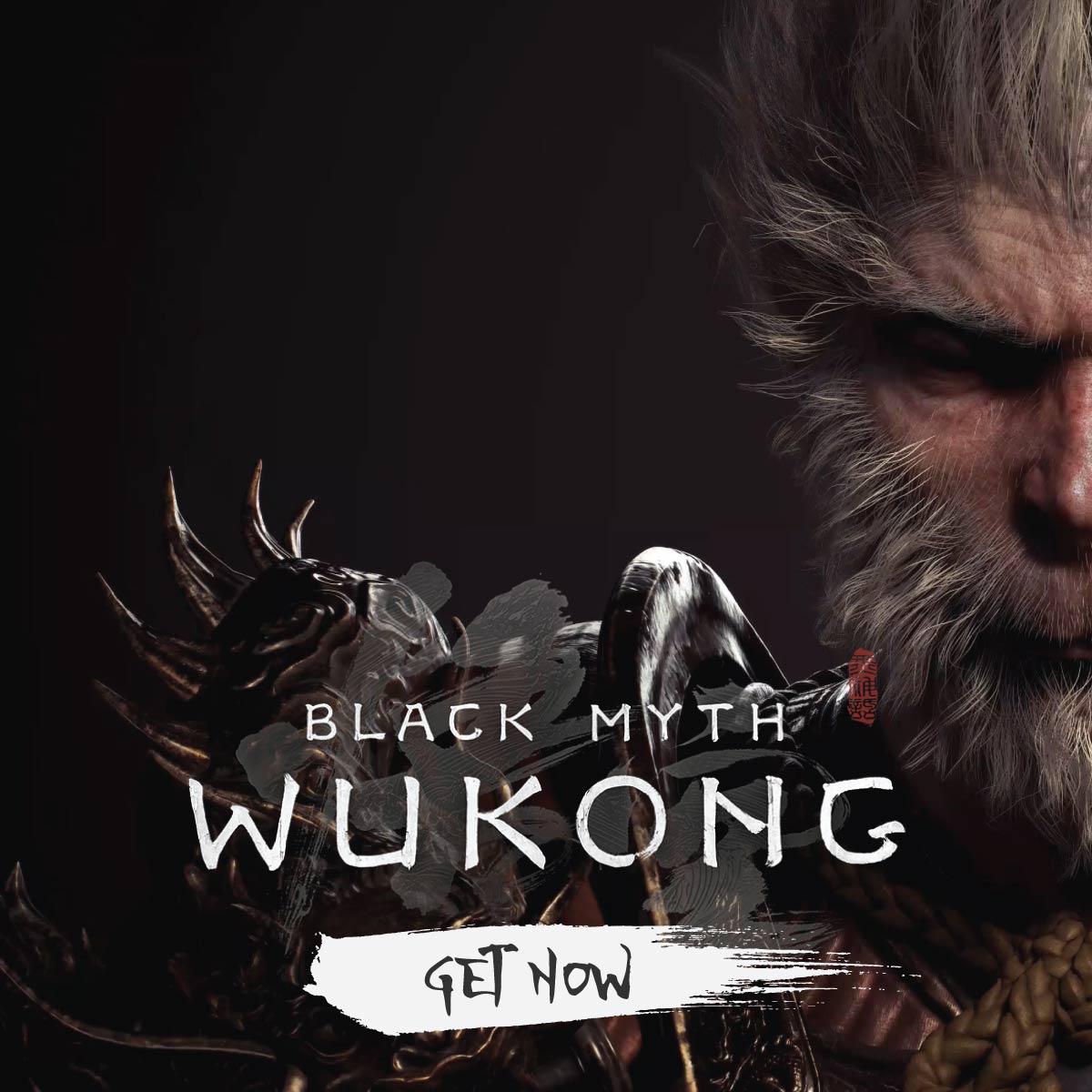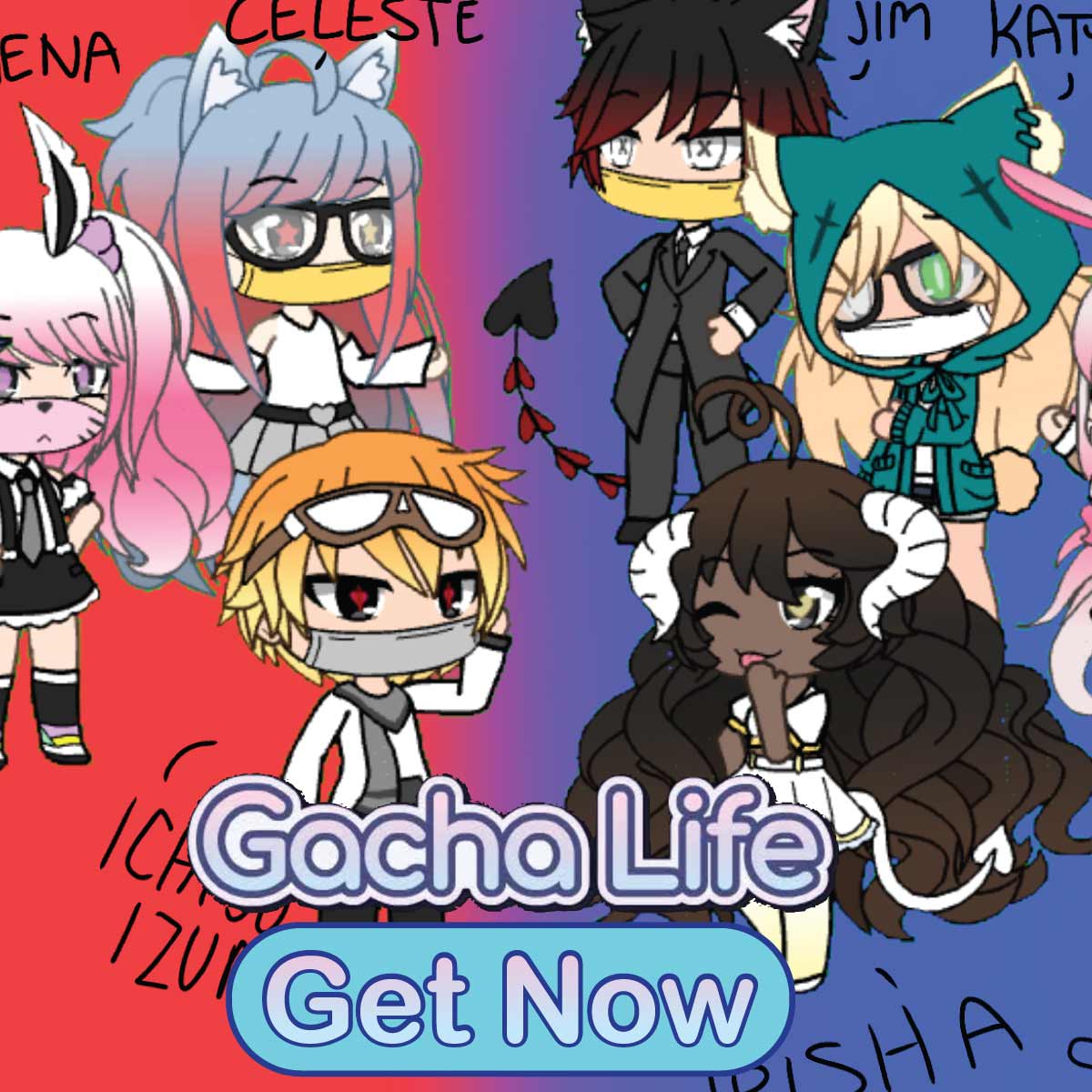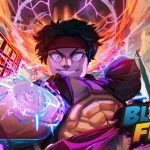PUBG Mobile: The Unparalleled Battleground on Your Palm – A Comprehensive Expert Guide
Introduction
In the dynamic and hyper-competitive realm of mobile gaming, few titles have left an indelible mark quite like PUBG Mobile. Launched globally on
March 19, 2018, this free-to-play battle royale sensation rapidly transcended its PC origins to become a global phenomenon, redefining what was possible on smartphones. With its stunning graphics, realistic gunplay, diverse maps, and ever-evolving content, PUBG Mobile offers an unparalleled survival experience where 100 players parachute onto a shrinking island, scavenging for weapons and gear, and engaging in intense firefights until only one team or individual remains. This expert guide dives deep into the heart of PUBG Mobile, exploring its rich history, intricate gameplay mechanics, iconic maps, thriving competitive scene, and a balanced assessment of its many strengths and occasional weaknesses, providing you with the knowledge to not just participate, but to dominate the battlegrounds.
The Genesis of a Phenomenon: From PC to Mobile (Early 2018)
The story of PUBG Mobile begins with the immense success of its PC counterpart, PlayerUnknown's Battlegrounds, developed by PUBG Studios (then PUBG Corporation) and released in 2017. Recognizing the burgeoning mobile gaming market, PUBG Corporation partnered with Tencent Games to bring the battle royale experience to smartphones. This collaboration led to the development of two distinct mobile versions for the Chinese market in February 2018: "PUBG: Exhilarating Battlefield" (developed by LightSpeed & Quantum Studio, which became PUBG Mobile's global version) and "PUBG: Army Attack" (developed by TiMi Studio Group, with more arcade elements).
The development process for "Exhilarating Battlefield" was remarkably swift, taking only four months, a testament to the dedication of the multinational teams involved. The goal was to optimize the PC game's core mechanics, vast maps, and realistic graphics for mobile devices without compromising performance. Following a soft launch in Canada, the localized English version, PUBG Mobile, was released worldwide on March 19, 2018. It quickly climbed the charts, demonstrating the immense global appetite for a high-fidelity battle royale on the go.
First Drop: Initial Reception and Rapid Global Expansion (Mid-Late 2018)
Upon its global launch, PUBG Mobile was met with overwhelming enthusiasm. Players were astonished by the faithful recreation of the PC experience on mobile devices, praising its impressive graphics, fluid controls (especially considering the touch interface), and the thrill of large-scale battle royale matches. The game quickly garnered millions of downloads and active users, establishing itself as a dominant force in mobile gaming.
The initial period saw rapid growth, with the game's intuitive yet challenging gameplay attracting both seasoned gamers and newcomers to the battle royale genre. Tencent Games, as the global publisher (with Krafton handling specific regions like Korea and Japan, and VNG Games for Vietnam), focused on frequent updates, addressing bugs, and optimizing performance across a wide range of Android and iOS devices. This aggressive approach to development and localization ensured PUBG Mobile's swift ascent to the top of the mobile gaming charts worldwide, laying the foundation for its massive competitive scene.
The Battleground Portfolio: Exploring PUBG Mobile's Diverse Maps (Ongoing Evolution)
One of PUBG Mobile's enduring strengths lies in its diverse array of maps, each offering unique tactical challenges and aesthetic experiences. Over the years, the game has introduced multiple battlegrounds, ranging from sprawling 8x8 km landscapes to compact 1x1 km arenas, catering to various playstyles and match paces.
Erangel: The Iconic Original
Erangel is the quintessential PUBG Mobile map, an 8x8 km island filled with urban areas, rural settlements, military bases, and coastal regions. It's the most balanced map, offering a mix of open fields for long-range engagements and dense cities for close-quarters combat.
Key Features of Erangel:
- Pochinki: A central, high-risk, high-reward city, notorious for intense early-game firefights.
- Georgopol: A port city with tall containers and warehouses, providing excellent cover and verticality.
- Mylta Power: An industrial complex with good loot but exposed areas.
- Sosnovka Military Base: Located on a separate island, accessible by bridges, a hotspot for top-tier loot and heavy engagements.
Tactical Considerations on Erangel:
- Vehicle Importance: Essential for covering large distances and escaping the blue zone.
- Compound Control: Securing buildings and compounds provides strong defensive positions.
- Bridge Camping: A common strategy near the Sosnovka Military Base.
Miramar: The Desert Gauntlet
Miramar is PUBG Mobile's vast 8x8 km desert map, characterized by its arid landscape, mountainous terrain, and sprawling cities. It favors long-range combat and strategic vehicle usage due to its open spaces and limited natural cover.
Key Features of Miramar:
- Pecado: A central casino and boxing arena, an infamous hot drop with immediate, brutal engagements.
- Hacienda del Patrón: A luxurious estate offering high-tier loot but high contention.
- Prison: A remote, multi-level structure offering unique tactical opportunities.
Tactical Considerations on Miramar:
- Sniper's Paradise: Long sightlines make sniper rifles and DMRs highly effective.
- Vehicle Dependency: Absolutely crucial for rotations and avoiding open-field engagements.
- High Ground Advantage: Controlling peaks and ridges is vital for spotting and engaging enemies.
Sanhok: The Jungle Blitz
Sanhok is a smaller, 4x4 km Southeast Asian jungle map known for its fast-paced, action-packed matches. Its dense foliage, numerous compounds, and varied terrain encourage aggressive close-to-mid-range combat.
Key Features of Sanhok:
- Bootcamp: A central training camp, the ultimate hot drop for intense CQC action.
- Paradise Resort: A large, multi-building resort, offering quick loot but heavy resistance.
- Cave: A unique underground area with a boat system, a risky but rewarding drop.
Tactical Considerations on Sanhok:
- Aggressive Play: Constant engagements are the norm due to the smaller map size and denser player distribution.
- Cover Abundance: Plenty of trees, rocks, and small structures provide ample cover.
- SMG and Shotgun Dominance: Close-quarters fights make these weapons highly effective.
Vikendi: The Frozen Battleground (December 2018)
Introduced in
December 2018, Vikendi is an 8x8 km snow-themed map, offering a unique blend of open fields and urban areas. Its snow-covered terrain features distinct visuals and introduces the element of tracking footprints.
Key Features of Vikendi:
- Cosmodrome: A large, open facility with a launchpad, a popular loot spot.
- Castle: A majestic, multi-level fortress, offering strong defensive positions.
- Dino Park: A fun, themed area that is surprisingly dangerous due to limited cover.
Tactical Considerations on Vikendi:
- Footprint Tracking: A unique mechanic allowing players to track enemy movements in the snow.
- Vehicle Control: Snowmobiles offer unique mobility, especially in open, snowy areas.
- Loot Density: Generally good loot distribution, encouraging diverse drop spots.
Karakin: The Compact Warzone (April 2020)
Released in
April 2020, Karakin is PUBG Mobile's smallest map at 2x2 km, designed for extremely fast-paced, high-octane matches. It features destructible environments and the "Black Zone" mechanic, adding a new layer of chaos.
Key Features of Karakin:
- Al Habar: A coastal town with multiple small buildings and limited cover.
- Bashara: A rocky, open area with underground tunnels.
- Hadiqa: A denser urban area for intense close-quarters combat.
Tactical Considerations on Karakin:
- Destructible Walls: Certain walls can be breached by sticky bombs or heavy weapons, changing engagement dynamics.
- Black Zone: A dynamic, randomly appearing red zone that permanently destroys buildings, forcing players to constantly adapt.
- Limited Cover: Requires aggressive movement and quick decision-making.
Livik: The Nordic Hybrid (June 2020)
Livik, launched in
June 2020, is a 2x2 km Nordic-themed map designed specifically for mobile, featuring diverse landscapes condensed into a small area. It focuses on quick matches and unique map-specific features.
Key Features of Livik:
- Blomster: A floral field with scattered houses.
- Aqueduct: A water-filled area with good cover.
- Midtstein: A central town with multi-story buildings.
Tactical Considerations on Livik:
- Waterfall: A unique environmental feature that can hide players and loot.
- Monster Trucks: A map-exclusive vehicle for traversing challenging terrain.
- Rapid Pacing: Matches are short, encouraging constant action.
Nusa: The Tropical Paradise (September 2022)
Nusa, introduced in
September 2022, is PUBG Mobile's most compact map at 1x1 km, designed for super-fast matches with only 32 players. It features beautiful tropical scenery and new mechanics like auto-recall.
Key Features of Nusa:
- Shipyard: A bustling port area with cranes and containers.
- Telepak Town: A vibrant coastal town.
- Regatta Center: A resort with high-tier loot.
Tactical Considerations on Nusa:
- Auto Recall: Players can automatically recall if eliminated early, making matches more forgiving.
- Super Recall: Squadmates can manually recall fallen teammates, adding strategic depth.
- Tactical Crossbow and Shotgun: Emphasis on close-quarters combat.
The Heart of the Battle: Core Gameplay Mechanics (Timeless Fundamentals)
PUBG Mobile's enduring appeal stems from its robust and realistic gameplay mechanics, which have been meticulously optimized for touch screens while retaining the depth of its PC counterpart. These core elements are fundamental to every match.
Movement and Traversal
Players can walk, run, crouch, prone, jump, and climb. The game also features a sophisticated parkour system, allowing players to vault over low obstacles and through windows. Vehicles are crucial for traversing large maps, offering diverse options from cars and motorcycles to boats and even unique map-specific vehicles like the Monster Truck. Understanding vehicle handling and strategic deployment is vital.
Gunplay and Ballistics
PUBG Mobile prides itself on realistic gunplay. Each weapon has unique recoil patterns, bullet drop, and damage models. Players must master weapon control, aiming, and leading shots, especially at range. The game features:
- Weapon Classes: Assault Rifles (ARs), Sniper Rifles (SRs), Designated Marksman Rifles (DMRs), Submachine Guns (SMGs), Shotguns (SGs), Light Machine Guns (LMGs), Pistols, and Melee weapons.
- Attachments: Scopes, grips, magazines, muzzle attachments, and stocks significantly impact weapon performance, allowing for customization to suit individual playstyles.
- Bullet Physics: Bullets have travel time and drop over distance, requiring players to compensate for both.
The Shrinking Play Zone
The iconic "Blue Zone" continuously shrinks, forcing players into increasingly smaller areas of the map. This mechanic creates tension, pushes engagements, and ensures that matches culminate in intense final circles. Getting caught outside the zone results in health degradation, eventually leading to elimination.
Looting and Inventory Management
Players begin each match with nothing and must scavenge for weapons, ammunition, armor (helmets, vests), healing items (med kits, bandages, energy drinks), and utility items (grenades, smoke bombs, molotovs). Efficient looting and smart inventory management are critical for survival. Deciding what to carry and what to leave behind based on the current situation and anticipated engagements is a core skill.
Beyond the Basics: Advanced Mechanics and Utilities (Ongoing Updates)
PUBG Mobile continually introduces new mechanics and features to keep the gameplay fresh and engage its massive player base. These updates often add layers of strategy and unique tactical opportunities.
Utility and Consumables
- Gloo Walls: Player-deployable barriers that provide instant cover, crucial for pushing open areas or creating defensive positions in late-game circles.
- Grenades: Frag grenades for direct damage, smoke grenades for concealment, stun grenades for disorientation, and Molotov cocktails for area denial. Mastering their use is a game-changer.
- Health and Boosts: Med kits for instant healing, bandages for slow healing, and energy drinks/painkillers for boost effects (gradual health regeneration and movement speed).
Tactical Items and Abilities (Evolving Meta)
PUBG Mobile has increasingly incorporated various tactical items and character-specific abilities to diversify gameplay. These range from tactical gear found in matches to unique skills tied to specific game modes or temporary events. Examples include:
- Emergency Pickup: A flare gun that calls a plane to lift you and your squad out of a sticky situation (usually to reposition within the zone).
- Portable Shop: Allows players to purchase items using in-game currency collected during a match.
- Recall Towers: Introduced on some maps (like Nusa), allowing eliminated teammates to be revived.
- Special Abilities: In certain themed modes (e.g., collaborations), players might gain temporary unique powers or items.
The Digital Arena: PUBG Mobile's Thriving Esports Scene (Continual Growth)
PUBG Mobile isn't just a casual game; it's a colossal esports title with a global competitive ecosystem. From regional leagues to international championships, the PUBG Mobile esports scene offers substantial prize pools and a platform for skilled players to become professional athletes.
Professional Leagues and Tournaments
The PUBG Mobile Pro League (PMPL) and PUBG Mobile Global Championship (PMGC) are the pinnacle of competitive play. These tournaments feature top teams from around the world battling for supremacy, showcasing high-level strategies, precise gunplay, and intense team coordination. The
Esports World Cup (EWC) in
July 2025 is a prime example of the game's continued presence on the global esports stage, boasting a $3,000,000 prize pool for its PUBG Mobile segment.
The Role of an IGL and Teamplay
Competitive PUBG Mobile heavily emphasizes teamwork. Each player typically assumes a specific role:
- In-Game Leader (IGL): The strategist who makes calls on rotations, pushes, and overall team movements.
- Fragger: Focuses on securing kills and leading aggressive pushes.
- Support: Provides cover, throws utility, and assists teammates.
- Scout: Gathers information on enemy positions and safe zones.
Effective communication and seamless coordination are paramount for success in the competitive landscape.
The Financial Engine: Monetization and In-Game Purchases (F2P Model)
As a free-to-play game, PUBG Mobile relies on microtransactions for revenue. While the core gameplay is accessible to everyone, cosmetic items and battle passes drive monetization.
Cosmetic Customization
The game offers an extensive array of cosmetic items, including outfits, weapon skins, vehicle skins, parachutes, and emotes. These items allow players to personalize their in-game appearance and stand out from the crowd. They are acquired through:
- Loot Crates/Lucky Spins: Gacha-style mechanics where players spend in-game currency (UC) for a chance to win rare items.
- Royale Pass: A seasonal battle pass system that rewards players with cosmetics and currency for completing challenges and leveling up.
- Direct Purchase: Specific items can be bought directly from the in-game shop.
The UC Economy
Unknown Cash (UC) is the premium in-game currency, purchased with real money. UC is used to buy Royale Passes, open crates, and acquire exclusive cosmetic items. While some argue that the monetization can be aggressive, it's strictly cosmetic, ensuring a level playing field in terms of gameplay advantages.
The Evolution Continues: Recent Updates and Future Outlook (Constantly Adapting)
PUBG Mobile is a living game, constantly evolving with major seasonal updates every few months. These updates bring new content, game modes, balance changes, and collaborations, keeping the experience fresh for its massive player base.
Current Update Highlights (Version 3.9, July 2025)
The latest
Version 3.9 update, released in
July 2025, exemplifies the game's commitment to new and exciting content:
- TRANSFORMERS Mode: A major collaboration bringing iconic characters like Optimus Prime and Megatron into the game, allowing players to control them and use unique abilities.
- New Weapon - ASM Abakan: A 5.56mm assault rifle with multiple firing modes, adding to the weapon roster.
- Revamped Metro Royale: Zombie Uprising 2.0: An updated PVE experience with new monster tiers, progression systems, and exclusive items.
- Ranked Arena Mode: A dedicated competitive mode for players to climb through tiers in fast-paced 4v4 TDM and other arena modes.
- Social Hub (3D Hub): An interactive seaside social space with mini-games and enhanced communication features.
- Nusa Updates: Continued development for the tropical map, including Super Recall improvements and new mechanics.
Future Outlook
PUBG Mobile's future looks bright, with a clear focus on:
- Continued Collaborations: Expect more high-profile partnerships with popular franchises to bring unique themed content.
- New Maps and Modes: While current maps are constantly refined, the introduction of entirely new battlegrounds or innovative game modes remains a possibility.
- Esports Expansion: Further investment in its competitive scene, with more tournaments and opportunities for professional players.
- Technological Enhancements: Ongoing efforts to optimize performance, graphics, and introduce new gameplay mechanics to leverage advancements in mobile technology.
The Verdict: Pros and Cons of the PUBG Mobile Experience (A Balanced View)
After years of dominance, it's clear that PUBG Mobile has many strengths, but like any complex game, it also has areas where it could improve.
Pros:
- High-Fidelity Graphics and Realism: Offers console-quality visuals and realistic gunplay mechanics on mobile, setting a high standard for the genre. (Rating: 5/5)
- Diverse Map Pool: A wide variety of maps, from large tactical landscapes to small, fast-paced arenas, caters to different playstyles and keeps the experience fresh. (Rating: 4.5/5)
- Engaging Core Gameplay: The classic battle royale loop of looting, surviving, and outsmarting opponents remains incredibly addictive and rewarding. (Rating: 5/5)
- Thriving Esports Scene: A well-developed competitive ecosystem with professional leagues and major tournaments provides aspirational goals for players. (Rating: 4.5/5)
- Frequent Content Updates: Regular seasonal updates, collaborations, and new game modes ensure a constant flow of fresh content and events. (Rating: 4/5)
- Accessibility (F2P): Being free-to-play makes it accessible to a massive global audience, fostering a vibrant community. (Rating: 5/5)
- Cross-Platform (Mobile Devices): Playable on a vast array of Android and iOS devices, ensuring broad reach. (Rating: 4.5/5)
Cons:
- Monetization Aggressiveness: While cosmetic, the gacha mechanics and constant push for UC purchases can feel predatory to some players. (Rating: 3/5)
- Storage Space/Device Demands: As the game grows, its file size increases, and it demands relatively powerful mobile hardware for optimal performance, potentially limiting accessibility for low-end devices. (Rating: 3.5/5)
- Bot Encounters (Lower Ranks): To ensure quicker matchmaking, especially for new players, lower ranks often have a significant number of bots, which can diminish the competitive feel. (Rating: 3/5)
- Cheating/Hacking Issues: Like many popular online games, PUBG Mobile occasionally faces issues with cheaters, which can negatively impact the gameplay experience. (Rating: 2.5/5)
- Learning Curve for New Players: While intuitive, mastering the complex gunplay, movement, and map knowledge can be daunting for absolute beginners. (Rating: 3/5)
- Ping/Server Issues (Regional): Depending on the region and internet connection, players can sometimes experience latency or server instability, impacting responsiveness. (Rating: 3/5)
Conclusion
PUBG Mobile has undeniably etched its name in the annals of mobile gaming history. From its initial launch in March 2018 to its current status as a global esports powerhouse, it has consistently delivered a high-quality battle royale experience that few others can match on a handheld device. Its commitment to regular updates, diverse maps like Erangel and Livik, realistic gameplay mechanics, and a robust competitive scene ensures its continued relevance and popularity. While facing challenges such as aggressive monetization and the perennial battle against cheaters, PUBG Mobile's core appeal – the thrill of parachuting into a high-stakes survival challenge – remains as compelling as ever. As it continues to evolve with new features, collaborations, and optimizations, PUBG Mobile stands as a shining example of what mobile gaming can achieve, offering millions worldwide the chance to earn that coveted "Winner Winner, Chicken Dinner" on the go.














